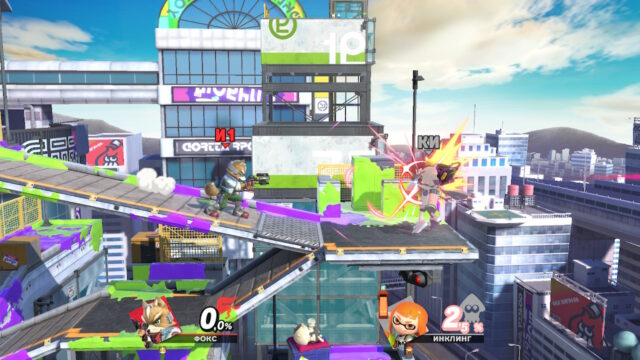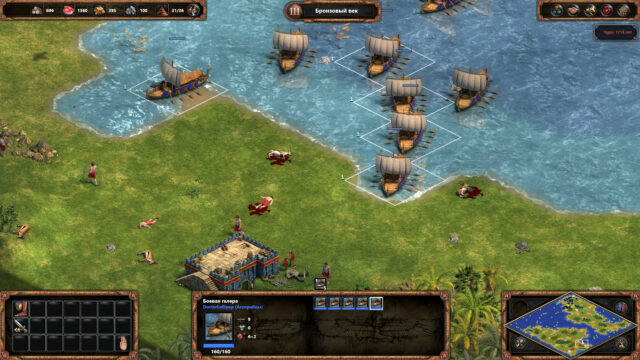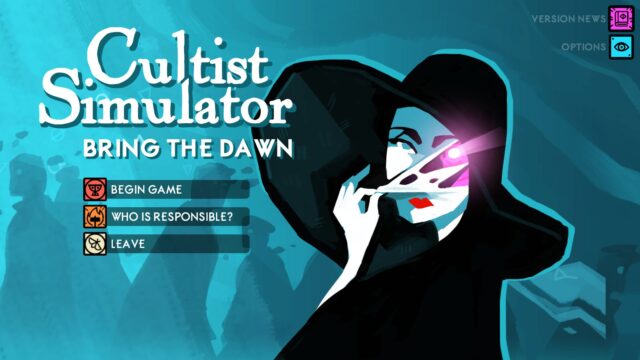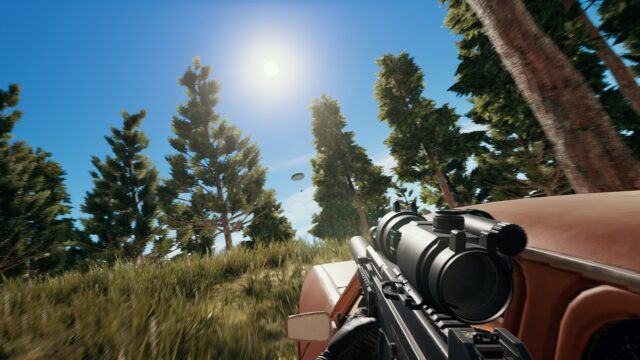Call of Duty: Ghosts Review

Remember the scene from the movie “The Dark Knight Rises” where Bane escapes from a plane that is torn in half? Infinity Ward definitely remembers it. Call of Duty: Ghosts has almost the exact same scene. And this is just one of many blockbuster moments in the game, which, as always, relies more on spectacle than on a cohesive plot. But in this obvious borrowing from a recent popular movie scene, there is a glaring emptiness that cannot be ignored when it comes to creating a continuous annual series of wow-effects.
After Treyarch’s generally successful attempt to inject some variation and ambition into the tried-and-true CoD formula with branching storylines and tower-defense levels in Black Ops 2, the Ghosts campaign is seen as a step back. Written by Hollywood screenwriter Stephen Gaghan, known for political thrillers such as “Traffic” and “Syriana,” the simplistic, pompously patriotic story is the biggest turn-off.
In the setup, we are shown an American military satellite equipped with kinetic rods – essentially, giant spears that use gravitational force to inflict devastating damage upon impact with the ground – which is captured and directed towards San Diego by Federation forces. And here comes the surprise – the Federation is not made up of cunning Russians, arrogant Chinese, or evil Arabs – they are vengeful South American countries who have decided to take advantage of the global energy crisis to start a world revolution.
The script is full of holes, not the least of which is the portrayal of the US as a helpless victim caught off guard by evil third-world military forces, rather than a giant gorilla with a nuclear warhead. Unlike Black Ops 2, where the story at least raised questions about the feasibility of such weapons in its own comic book style, in Ghosts, no one thought that giant spears from space were a bad idea. Until the sneaky Latinos got their hands on them.
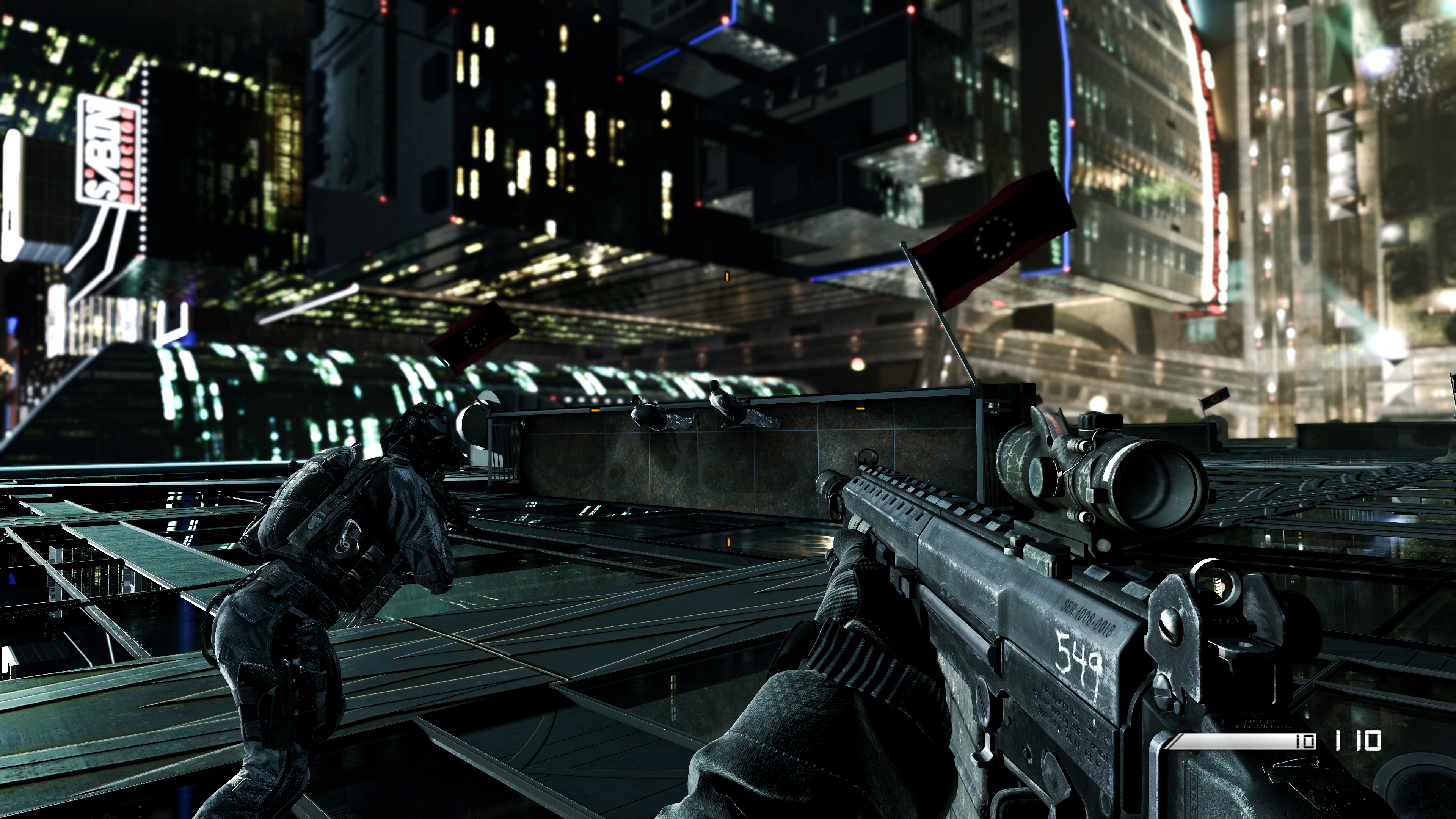
Descending down this skyscraper is one of the best moments in the campaign.
Inept handling of the plot manifests itself in more entrenched ways. Despite the setting of a defending America – the West Coast has turned into a post-apocalyptic state, the country’s infrastructure is destroyed, and your characters are supposedly representatives of the Spartan military elite, even deadlier than the most fearsome Spec Ops fighters – this is not reflected in the situations you will have to deal with. You fail to feel that there is a guerrilla war going on and that you rely on increasingly desperate methods to defeat the superior enemy forces.
You still go into battle with such a set of futuristic gear that would make Batman turn green with envy, and except for a few script omissions, you are always on the offensive and always armed to the teeth. In a story where the Ghost apparently pursues his former comrades, it would have been possible to deviate from established standards so that players would need to defend and hide, to have limited resources and rely more on cunning than on arsenal. But instead, once again, we rush through levels at full speed, as if the last half hour of a Bond movie with Roger Moore was put on endless repeat. In a game that so obviously references “Moonraker,” this cannot be a coincidence.
There is more to it than just harsh criticism. I don’t deny that when the CoD formula works, it can be damn exciting; in this game, more than any other, you can feel the spirit of 80s action movies. Infinity Ward understands perfectly how to present a first-person view in a shooter. Falling from a waterfall, diving among sunken ships, a collapsing lighthouse, and zero-gravity shootouts – these spectacular moments haven’t disappeared, they just fade away due to the expectation of something greater. When jumping higher than your head becomes the norm, it’s hard to maintain a stable level of excitement and continue to amaze.
Of course, there is slow-motion, turrets, and shooting at pursuing vehicles – but in addition, Ghosts at least tries its hand at battles involving combat vehicles. There is a stage with a helicopter that you control yourself – even though it automatically balances its weight so you don’t crash during flight. There is also a roaring tank on which you ride through an airfield, blowing up enemies. Of course, all of this is wrapped in careful player care, and these things won’t prevent DICE from sleeping peacefully, but in these rare moments, it seems like Infinity Ward understands how worn out their corridors have become.

The underwater level seems to be made solely to showcase the next-gen engine. It is magnificent, although the underwater shootouts are annoying.
The only serious innovation – a playable dog – was useful for an adorable trailer, but added very little to the gameplay. Riley belongs to the nominal heroes of the story, the Logan and Hesh brothers. You can sic him on enemies, after which he runs around the battlefield randomly biting bad guys. Or you can control him directly, thanks to the attached camera, but only in special stages with dog stealth. There are few of them, and they have nothing special – you sneak through tall grass along a clearly marked path and silently take out enemies. The same could be done with a knife.
What is more absurd is that Riley’s silent kills are never silent. The dog bites into throats, people fall with horrible dying gasps, and nearby enemies pretend that nothing happened and continue to look the other way. This stupidity is evident throughout the entire game. Call of Duty has always been more like classic arcade shooters like Operation Wolf than modern FPS counterparts, but even with that, the enemies who so willingly expose themselves to headshots manage to simultaneously evoke both animal satisfaction and disappointment with the tactical element in the game.
You are unlikely to return to the campaign after completing it on Veteran difficulty, but as usual, the multiplayer is responsible for long-term appeal. Here, Infinity Ward’s love for the franchise is particularly keenly felt – you have 15 maps at your disposal (including the pre-order bonus) and 11 game modes. The map design turned out to be successful, and Infinity Ward once again demonstrated skill in transforming fan ideas into tangible digital form: tightly controlled areas where there are several options for bypassing every corner – from below, above, from the side, or straight through – the eternal engine of design is working at full power, and along with it, the nervous, bustling movement on the map never stops for a second.
All the maps are done at a decent level, and some can even be put on par with CoD classics. Urban maps like Stormfront, Tremor, and Octane differ more in cosmetic frills – lightning, underground jolts – than in unique structural elements. Most of the maps are taken from the campaign. In maps like Warhawk, with the atmosphere of a destroyed town and the theme of school sports, the scale heavily leans towards inspiration from something like “Red Dawn”.

Probably, Sandra Bullock herself is in the spacesuit.
The best maps are those that deviate from the constraints of the narrative mode. The most picturesque one is Stonehaven, where the action takes place in a crumbling Scottish castle, surrounded by open countryside dotted with ravines and hills. In Whiteout, you find yourself in a fishing village in Alaska, with tall trees and natural tunnels interspersed with village streets. Both maps feel like breaths of fresh air compared to the standard military settings and the destroyed America in all the others.
As for the game modes, many additions are variations on proven themes. Search and Rescue is the same as Search and Destroy with a bomb planting twist, but now you can revive fallen soldiers. Grind is essentially Kill Confirmed, but you have to take enemy tags to specific locations on the map for scoring. Hunted is the same as Gun Game with random weapon drops. The most interesting new mode is Cranked. It introduces a 30-second countdown in regular Team Deathmatch that starts after each kill. During this time, you earn more points and perks, but you have to kill someone else before it runs out, or you explode. It’s silly, of course, but fun.
All other changes in multiplayer are insignificant. The pleasant but inconsequential Clan Wars option uses the COD Elite app to track clan performance compared to other teams worldwide, offering cosmetic bonuses and XP boosters to those dominating most modes. On the other hand, killing opponents with high scores rewards you with Field Orders (such as getting two kills while crouching, killing one enemy with an explosion, etc.), which are rewarded with special medical kits and airstrikes that change the map landscape beyond recognition.
These “dynamic maps” are interesting in theory but quickly become tiresome in practice. Even the most spectacular ones, like Strike Zone, where the entire area is completely reshaped after a devastating orbital strike, are heavily scripted. One layout is simply replaced with another, and your initial excitement quickly fades away.
And here, Call of Duty can be compared to Battlefield, and the comparison, although not a direct parallel, is not too flattering. The Levolution technology in Battlefield 4 affects gameplay differently, but in any case, it goes hand in hand with the game’s overall commitment to constant landscape changes. Call of Duty simply lacks deep enough systems to provide such flexibility at the proper level. In the carefully choreographed local arenas, everything turns into meticulously packaged, predictable chaos – an oxymoronic variation of the Mini Nuke and MOAB strikes from Modern Warfares 2 and 3.
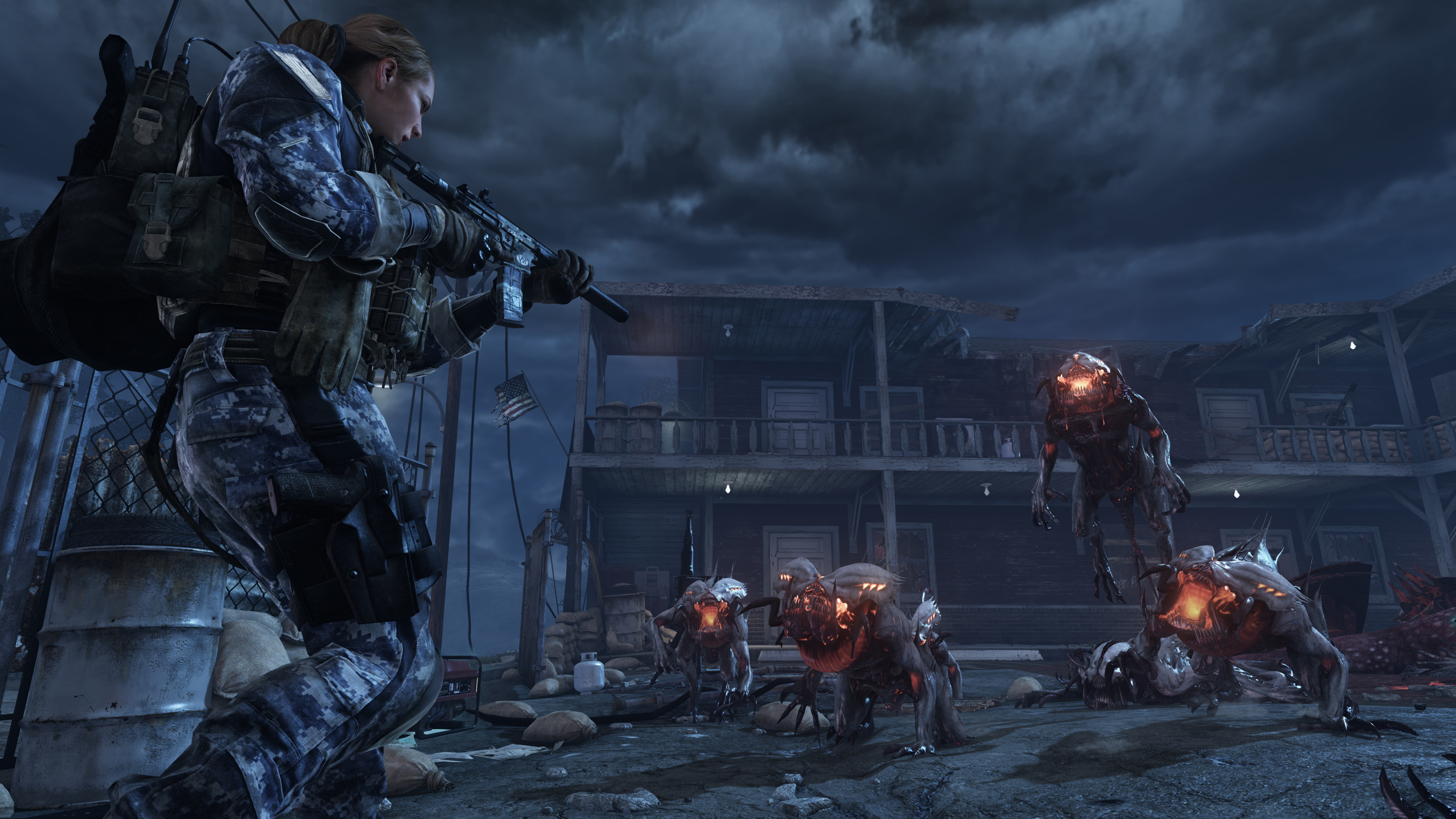
The Extinction mode will serve as an interesting change of pace – if you have never played Gears of War’s Soviet Horde or any shooter with a survival mode.
In everything else, the multiplayer adheres to generally recognized boundaries. The new cooperative mode with aliens, Extinction, turned out to be exciting – how else could it be? – but it didn’t add anything to the genre that hadn’t already been added by a dozen similar modes. The Squads system works similarly: asynchronous multiplayer is quite enticing, but in the end, it all turns into a different perspective on the game with bots. Both modes are presented well and contain interesting ideas, but in a game where 99% of people will stick to Team Deathmatch, it looks like a hesitant attempt to bring diversity by offering variations of established standards instead of truly original moves.
However, originality has long been absent from the Call of Duty menu, so everything is fine. The main fault of Ghosts is not that it didn’t redefine the brand or genre – no one expected that – but that it failed to create a memorable image for the series on the next-gen. Departing from the ideas proposed by Black Ops 2, the game didn’t offer anything in return.
To be fair, it should be noted that Battlefield 4 also relies on its own proven formula, but at least DICE benefits from technological advancements – more players, more immersive maps, improved vehicle physics. The power of consoles has increased, and Battlefield has grown with them. The new generation of Call of Duty looks brighter, but not by much, and this is a worrying stagnation for a series that has something to lose.
Ghosts itself is a great game. It ticks all the possible boxes and presents itself to you in luxurious 1080p resolution (at least on PS4). It will more than please CoD fans, but those who are already tired of the series will once again confirm their doubts. Infinity Ward had a chance to challenge the new generation of hardware, set new standards, and show that this huge, ridiculed behemoth can dance to a different tune. But they decided to play the “Greatest Hits”.
In general, by analogy with Battlefield 4, we put on Ghosts…
Share
Discuss
More Reviews

